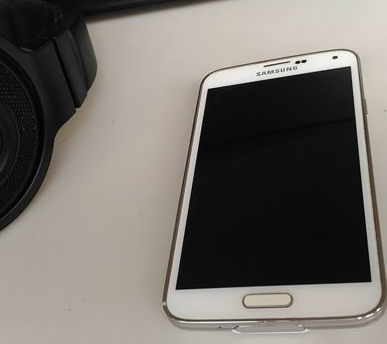Image editing software has undergone significant advancements over the past few decades. Gone are the days when the only option for editing images was using basic tools like MS Paint. Today, powerful and sophisticated image editing software is readily available to everyone, including non-professionals. One such software is Paint.NET, a free program that provides many of the features and capabilities of premium software like Photoshop. One common task in image editing is removing the background from an image to isolate and preserve specific elements. In this tutorial, we will explore two methods to remove the background and make it transparent using Paint.NET.
Using the Magic Wand Tool and Eraser
The Magic Wand tool in Paint.NET is an automatic selector that detects sharp differences between areas of an image. It is an essential tool for removing backgrounds. Follow these steps to remove the background using the Magic Wand and Eraser tools:
Step 1: Open the Image
Start by opening the image file that contains the element you want to preserve in Paint.NET.
Step 2: Select the Magic Wand Tool
Click on “Tools” in the menu bar and select the “Magic Wand” option. Your cursor will transform into a Magic Wand selector.
Step 3: Remove the Background
Click on an area of the image background that you want to remove using the Magic Wand selector. The selected area will be highlighted with an animated black and white dashed line. Adjust the tolerance bar to fine-tune the selection. Dragging the bar to the left makes the selection more precise, while dragging it to the right includes more color shades.
Step 4: Erase the Selected Area
Press the “Delete” key to erase the selected area of the image. The erased area will be replaced with a grey and white checkerboard pattern, indicating transparency. Continue selecting and erasing areas of the background until you have removed most of it.
Step 5: Remove Remaining Background Colors
If there are small specks of colors remaining in the background, you can use the Eraser tool to remove them. Click on “Tools” and select “Eraser.” Adjust the brush width as needed and use the left mouse button to erase the remaining background colors.
Step 6: Add a New Background
Now that you have removed the background and made it transparent, you can add a new background to the image. Select “Layers” in the menu bar and choose “Import From File” to open another image. The new image will be added as a layer on top of the current image.
Step 7: Rearrange the Layers
To make the new image the background, you need to rearrange the layers. Click on “Layers” and select the layer containing the new image. Use the “Move Layer Down” button to move it below the layer with the foreground element.
Step 8: Save the Image
Once you have arranged the layers to your satisfaction, save the image by selecting “File” and then “Save.”
Using the Magic Wand Tool and Paintbrush Tool
The first method may not always be effective if the foreground and background have similar colors. In such cases, it is better to combine the Magic Wand tool with the Paintbrush or Line/Curve tools. Follow these steps to remove the background using this method:
Step 1: Open the Image
Start by opening the image from which you want to remove the background in Paint.NET.
Step 2: Add a New Layer
Create a new layer on top of the background layer. Click on “Layers” in the menu bar, choose “Add New Layer,” and ensure that the new layer is stacked above the background layer.
Step 3: Use the Paintbrush Tool
Select the “Paintbrush” tool from the toolbar and choose a small brush width. Trace around the foreground object or detail that you want to keep in the image using the Paintbrush tool. Ensure that your outline is clean and there are no gaps.
Step 4: Try the Line/Curve Tool
If the foreground object has many straight lines, you can use the Line/Curve tool instead of the Paintbrush tool. Select “Tools” in the menu bar, choose “Line/Curve,” and draw straight lines along the edges of the foreground object. Connect the lines without leaving any gaps.
Step 5: Select the Background
Once you have traced the foreground object, select the Magic Wand tool and click inside the border of the object. The border selection should be highlighted.
Step 6: Delete the Background
Select the background layer and press the “Delete” key or click the “Cut” button on the toolbar. This will remove the background around the traced border of the foreground object.
Step 7: Erase the Traced Border
The foreground image may still include the traced border. To remove it, select the top layer in the Layers window and click the “X” button to delete the layer.
Step 8: Save the Image
Save the image by selecting “File” and then “Save.”
Conclusion
With Paint.NET, removing backgrounds and making them transparent is an accessible task for both beginners and non-professionals. Whether you choose to use the Magic Wand and Eraser tools or combine the Magic Wand tool with the Paintbrush or Line/Curve tools, Paint.NET provides the necessary features to achieve professional-looking results. Experiment with different techniques and explore the software’s capabilities to enhance your image editing skills. With practice, you’ll be able to remove backgrounds seamlessly and create stunning compositions by combining images with ease.
Remember to save your work regularly and have fun exploring the possibilities of Paint.NET!







